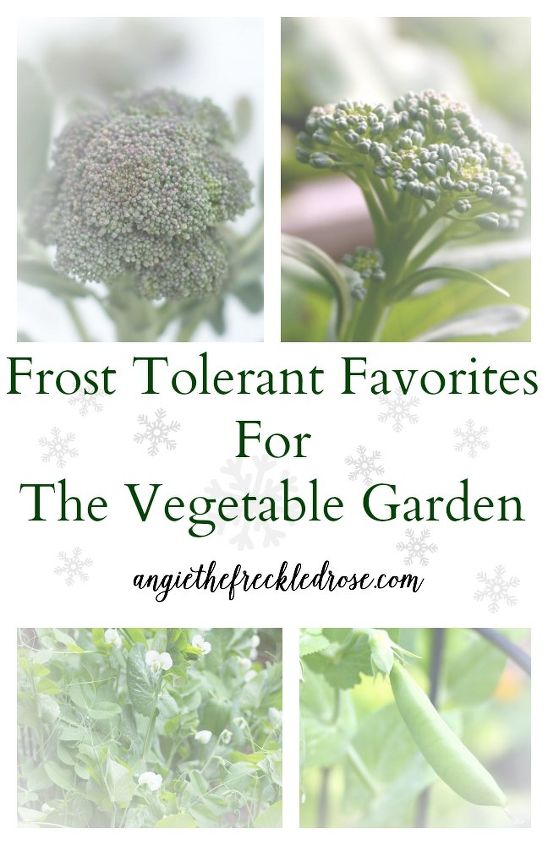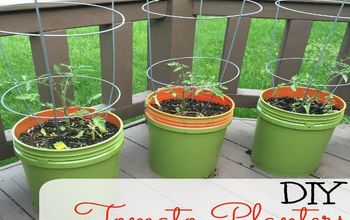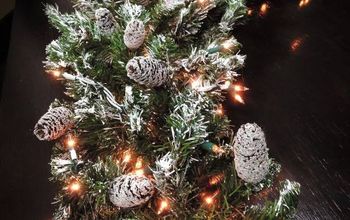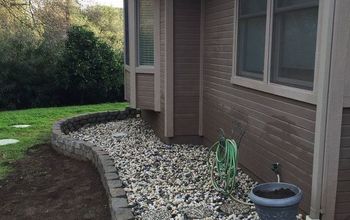Frost Tolerant Favorites For The Vegetable Garden

by
Angie Rose
(IC: blogger)
Easy
Many vegetables thrive in the cold, and can continue to grow throughout the fall and winter seasons! Most people start slowing down their gardens around this time of year. If you choose to do so, you can keep growing! I live in zone 6a New England, and I grow in a raised garden bed. I also mulch the vegetables in and cover my crops with frost blankets and a homemade hoop house to extend my growing season. This protects the vegetables from wind and damaging winter weather. If you plant seeds before the ground freezes and implement some protective measures, you are good to go!
The best way to learn when gardening is with trial and error. Last year was my first time venturing into the world of year-round vegetable gardening. You can read about my experience starting a winter vegetable garden on my blog. I've decided to replant some of the crops that I had success with last year. It's important to know your growing zone when picking, planning and planting your crops. It also helps you find out a rough estimate of when your first frost date will be. As long as you know your frost dates, what grows well in your region and you have a little bit of garden protection, you can get growing!
Here Is A List Of My Frost Tolerant Favorites
Hardy Vegetable: 26 to 31 degrees fahrenheit
Semi-Hardy Vegetable: 31 to 33 degrees fahrenheit
Semi-Hardy Vegetable: 29 to 33 degrees fahrenheit
Hardy Vegetable: 26 to 31 degrees fahrenheit
Hardy Vegetable: 20 to 25 degrees fahrenheit
Hardy Vegetable: 26 to 30 degrees fahrenheit
Enjoyed the project?

Want more details about this and other DIY projects? Check out my blog post!
Published November 12th, 2016 2:06 AM


































Frequently asked questions
Have a question about this project?